Tourmaline
Tourmaline is a gorgeous gemstone which occurs in a wide range of colours – reds, pinks, greens, blue, black, even mixed colours and multiple colours in one crystal. It is regarded as semi-precious, and higher end pieces are used to make jewellery.
You may also want to take a look at our pages for dravite – elbaite – fluorliddicoatite – indicolite – rubellite – schorl.
Showing all 28 results
-

Aquamarine and Tourmaline specimens
Price range: £3.50 through £20.00 -
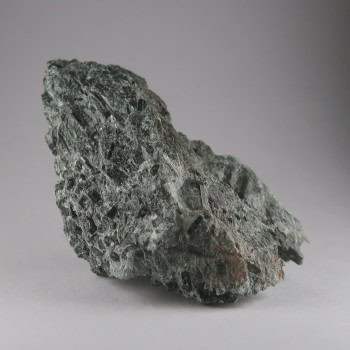
Dravite Tourmaline from Lysebotn, Norway
£10.00 -
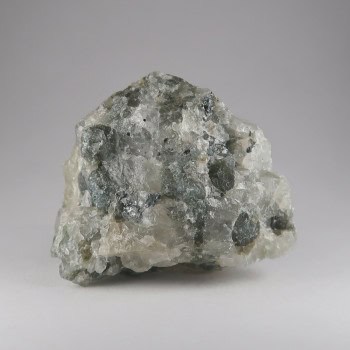
Fluor-dravite from Bamble, Norway
£10.00 -
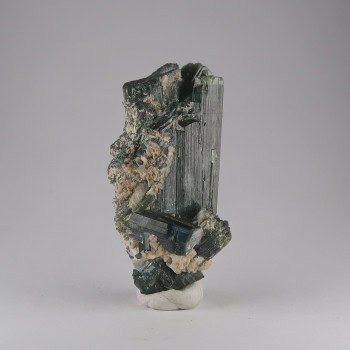
Fluor-elbaite from Arqueana claim, Brazil
£25.00 -
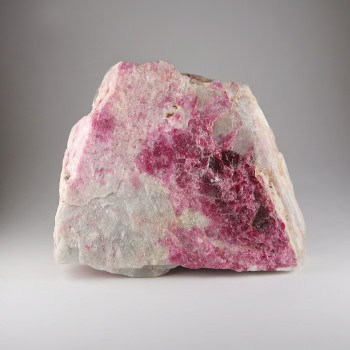
Fluorliddicoatite from Sahatany Valley, Madagascar
£35.00 -
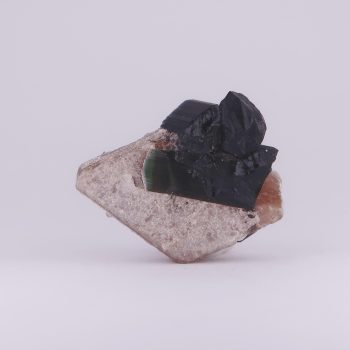
Mica and Tourmaline from Skardu, Pakistan
Price range: £4.00 through £10.00 -
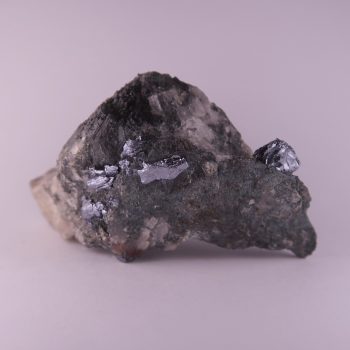
Molybdenite and Schorl from Hingston Down Quarry, Cornwall
Price range: £15.00 through £25.00 -
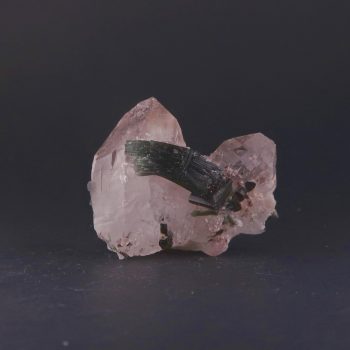
Quartz, Mica, and Tourmaline from Skardu, Pakistan
Price range: £5.00 through £10.00 -
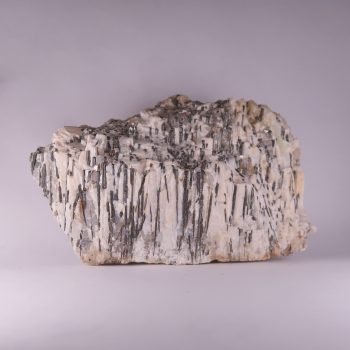
Schorl, Orthoclase, Quartz, and Muscovite from Megiliggar Rocks, Cornwall
£75.00 -
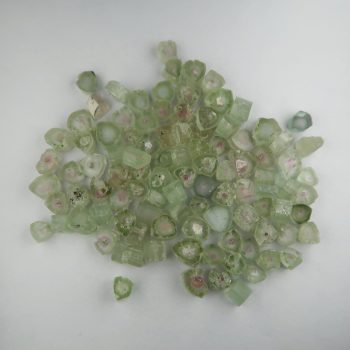
Tourmaline – polished slices (Green)
£2.00 -
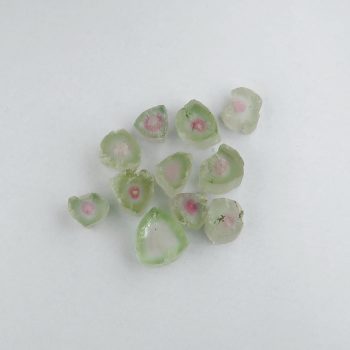
Tourmaline – polished slices (Watermelon)
Price range: £3.50 through £7.50 -
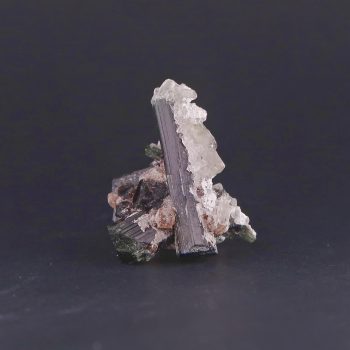
Tourmaline and Quartz from Skardu, Pakistan
Price range: £5.00 through £10.00 -
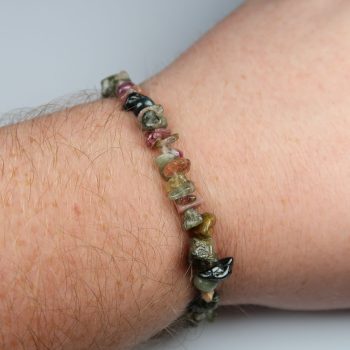
Tourmaline Bracelets (Mixed)
£2.00 -
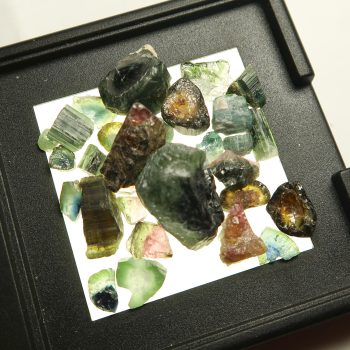
Tourmaline Crystals (Bicolour, Tricolour)
£3.00 -
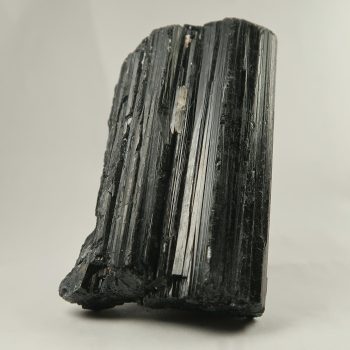
Tourmaline Crystals (Black/Schorl)
Price range: £1.50 through £7.50 -
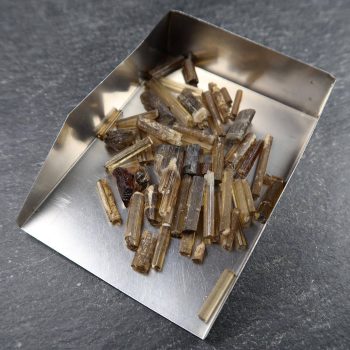
Tourmaline Crystals (Brown/Dravite)
Price range: £0.45 through £0.75 -
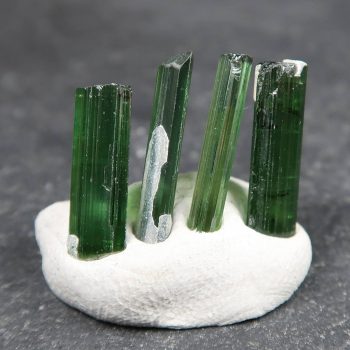
Tourmaline Crystals (Green/Verdelite)
Price range: £0.35 through £3.00 -
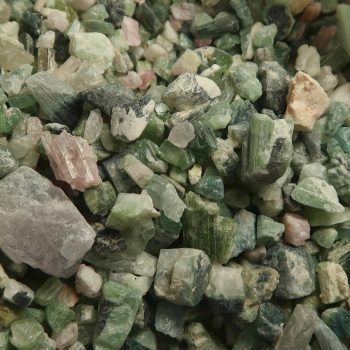
Tourmaline Crystals (Mixed)
Price range: £2.00 through £5.00 -
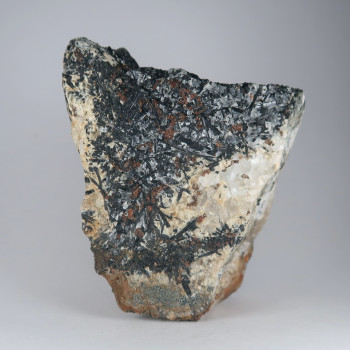
Tourmaline from Meldon Quarry, Devon
£25.00 -
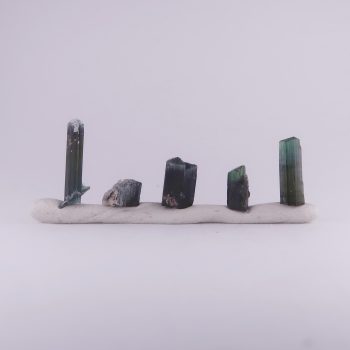
Tourmaline from Skardu, Pakistan
Price range: £3.00 through £3.50 -
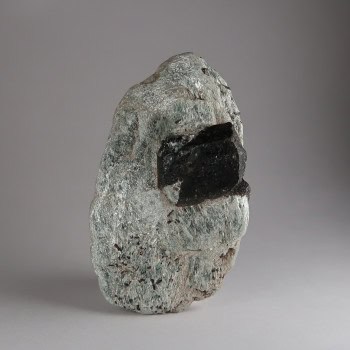
Tourmaline specimens (Black in Mica)
£7.50 -
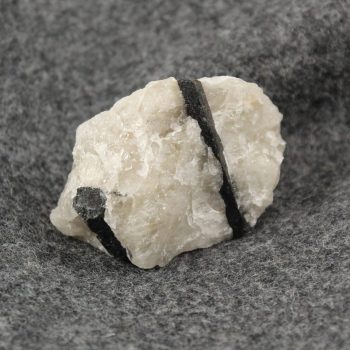
Tourmaline specimens (Black Schorl in Milky Quartz)
Price range: £2.50 through £3.00 -
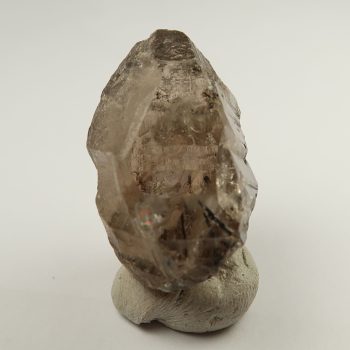
Tourmaline specimens (Black Schorl in Smoky Quartz)
£15.00 -
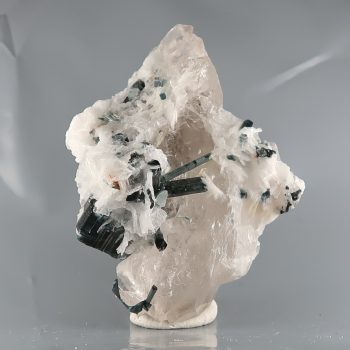
Tourmaline specimens (Blue indicolite in matrix)
Price range: £10.00 through £15.00 -
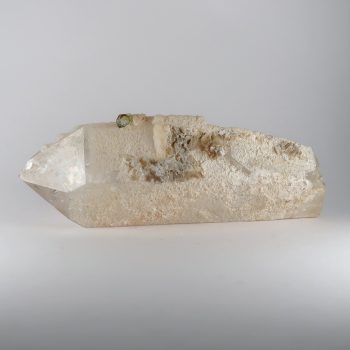
Tourmaline specimens (Green in Quartz)
Price range: £15.00 through £25.00 -

Tourmaline specimens (Schorl on Feldspar)
£1.50 -
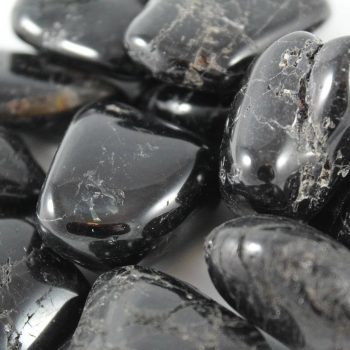
Tourmaline Tumblestones (Black)
Price range: £1.55 through £3.95 -
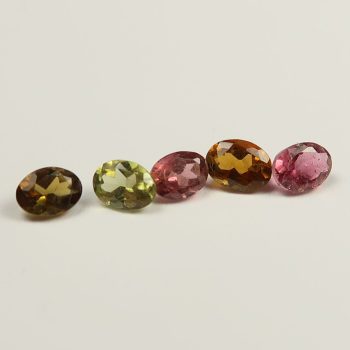
Tourmaline, faceted
Price range: £3.25 through £20.00
It displays an interesting crystalline form, which makes ‘rough’ specimens popular with collectors. With the wide array of colours available, it would be quite easy to form a collection comprised purely of Tourmaline!
Tourmaline can be quite expensive – especially the higher-grade pieces, and any specimens with multiple colours in a single crystal. One of my favourite variations is known as ‘Watermelon Tourmaline’ and is a mixture of pinks and greens.
Appearance, Uses and History
Tourmaline is pretty much exclusively used as a gemstone and is both one of the best loved and most recognised. The name refers to an informal group of boron silicate minerals, which all have inclusions or traces of various other elements causing colours.
The name allegedly derives from a Tamil word, ‘thoramalli’, which refers to a group of gemstones found in the Indian subcontinent.
Gem quality Tourmaline comes from a few locations worldwide, with a lot of the mining being done in Brazil, Africa, and the USA.
Locales
Tourmaline occurs all around the world, although there are some locations with particularly gemmy specimens that collectors will be interested in.
Excellent quality crystals can be found in Afghanistan, Australia, Austria, Brazil, Bulgaria, Canada, China, Czechia, the Congo, Finland, India, Kazakhstan, Kenya, Madagascar, Mozambique, Myanmar, Namibia, Nepal, Nigeria, Pakistan, Russia, Spain, Tanzania, the USA, Vietnam, and Zimbabwe.
Mineralogy
Tourmaline can occur in clear, blue, red, green, yellow, orange, brown, pink, purple, black, multicoloured – honestly, the most colourful gemstone there is.
- Achroite is a relatively rare colourless form of Tourmaline.
- Cats Eye Tourmaline is any form of Tourmaline with the ‘cats eye’ optical effect, a form of chatoyancy.
- Chrome Tourmaline (or Chrome Dravite) is a form of Tourmaline which gains its colour from traces of Chromium.
- Dravite is often known as the ‘brown Tourmaline’, although it does occur in green and green-brown too. It is very difficult to distinguish from Uvite.
- Elbaite is the most widely used form of gem Tourmaline, and occurs in a huge number of colours. It is often bicolour or multicoloured.
- Fluorliddicoatite is an uncommon variety of tourmaline with a range of colours from smoky brown to pink, red, green, blue and white. It sometimes shows triangular zoning.
- Indicolite is a variety of blue Tourmaline.
- Paraiba Tourmaline is a neon blue to neon blue-green form, and incredibly prized!
- Rubellite is a pink to red variant, very popular with jewellers.
- Schorl is the most common form of Tourmaline, a lustrous black mineral. It is not often used for jewellery, but is prized by collectors, especially when combined with other minerals.
- Uvite is a rare green to green-brown ariety of Tourmaline. It is very difficult to distinguish from Dravite.
- Watermelon Tourmaline is a multicoloured Tourmaline with a pink centre surrounded by a green layer, resembling a cut slice of watermelon.
Hazards and Warnings
Almost all rocks, minerals (and, frankly, almost all other substances on earth) can produce toxic dust when cutting, which can cause serious respiratory conditions including silicosis.
When cutting or polishing rocks, minerals, shells, etc, all work should be done wet to minimise the dust, and a suitable respirator or extraction system should be used.
Translations
Arabic:
- التورمالين
Hindi:
- टूमलाइन
Portuguese:
- turmalina
Bengali:
- টুম্যালিন্
Indonesian:
- turmalin
Punjabi:
English:
- tourmaline
Italian:
- tormalina
Russian:
- турмалин
French:
Japanese:
- トルマリン
Spanish:
- turmalina
German:
- Turmalin
Korean:
- 전기석
Thai:
- ทัวร์มาลีน
Gujurati:
- ટૂરમાલાઇન
Mandarin and Traditional Chinese:
- 电气石
- 電氣石
Urdu:
- ٹور لائن
Further Reading / External Links
- https://en.wikipedia.org/wiki/Tourmaline
- https://geology.com/minerals/tourmaline.shtml
- https://www.gemselect.com/english/gem-info/tourmaline/tourmaline-info.php
- https://www.gia.edu/UK-EN/tourmaline
- https://www.mindat.org/min-4003.html
- https://www.minerals.net/gemstone/tourmaline_gemstone.aspx
- https://www.gemstone.org/education/gem-by-gem/122-tourmaline
